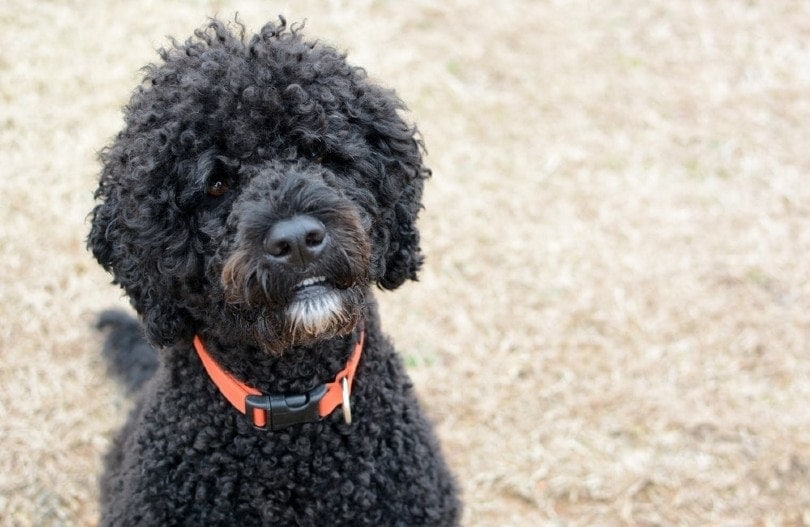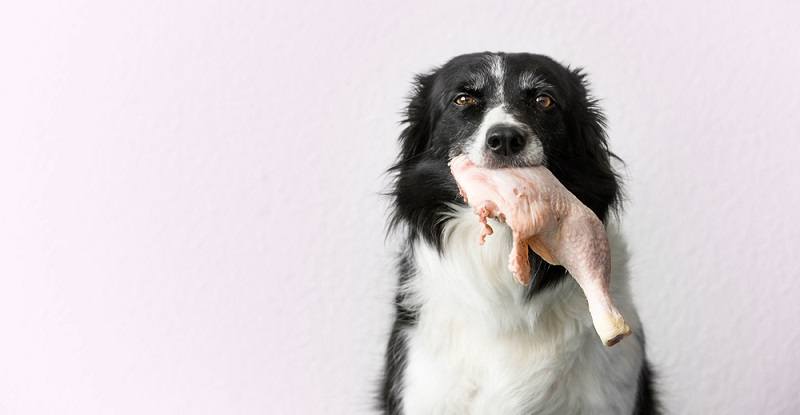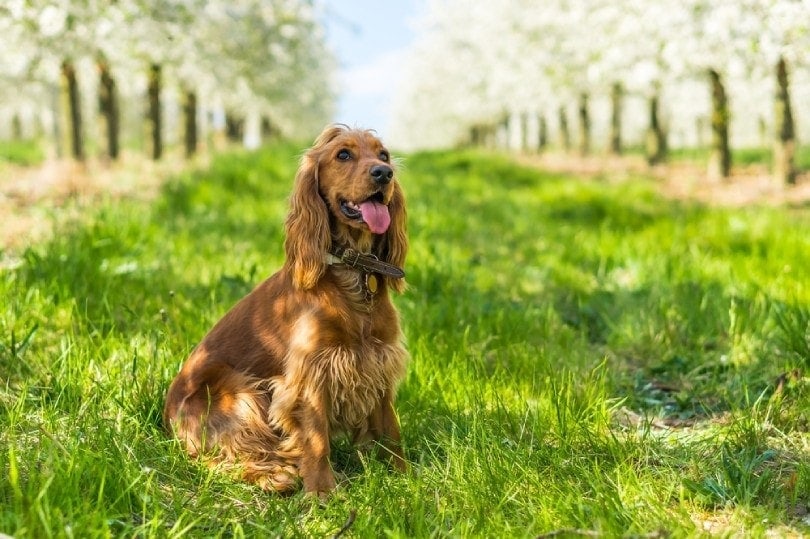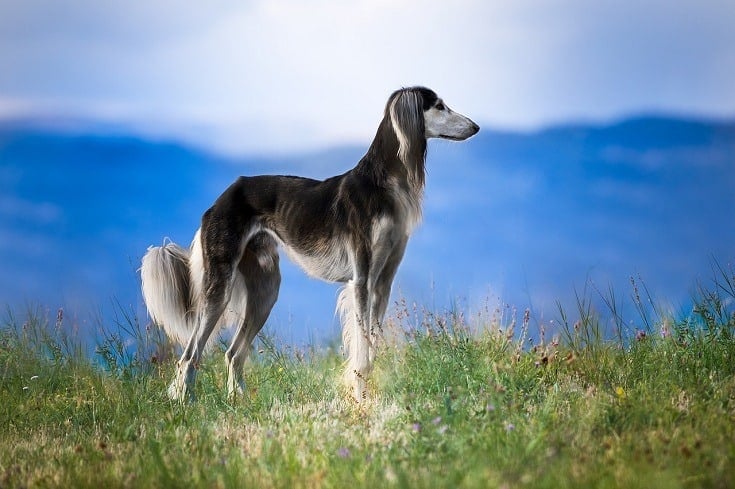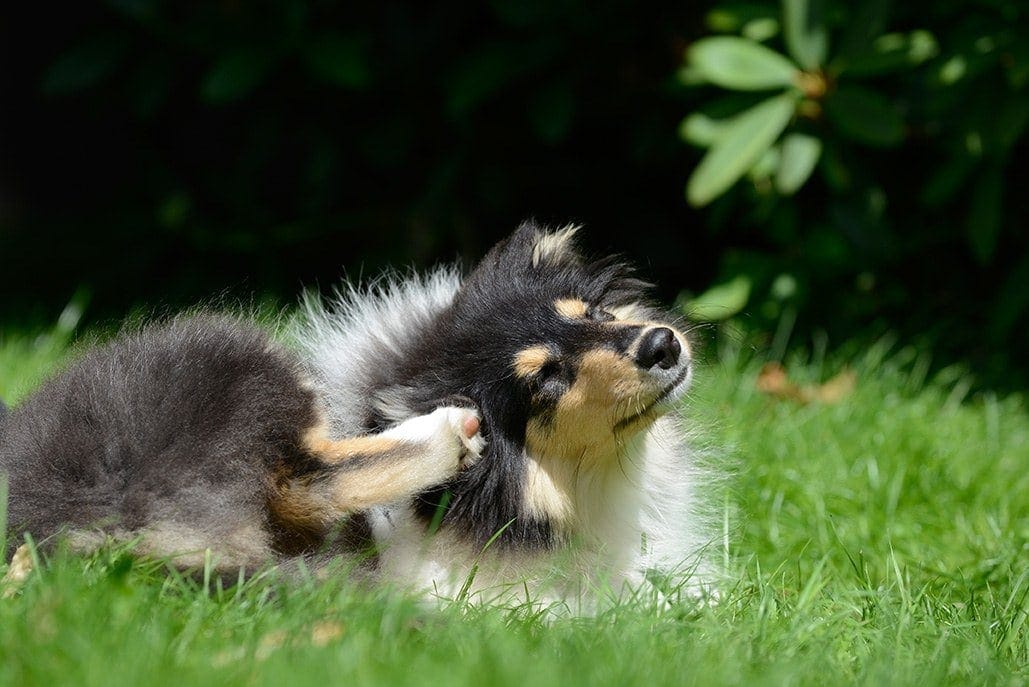While cattle dogs are known for working on farms and herding livestock, that doesn’t mean they don’t make great pets as well. Some breeds of cattle dogs are a popular choice with dog owners, and many are loved for their intelligence and companionship. These dogs have even been known to try to herd their family members! Most of these breeds require a lot of exercise, but their lineage has made them easy to train and happy to work, so whether you’re looking for a companion or a dog for farm work you’ll find a breed to suit many needs with a cattle dog.
The 11 Best Known Types of Herding & Cattle Dog Breeds:
1. Old English Sheepdog
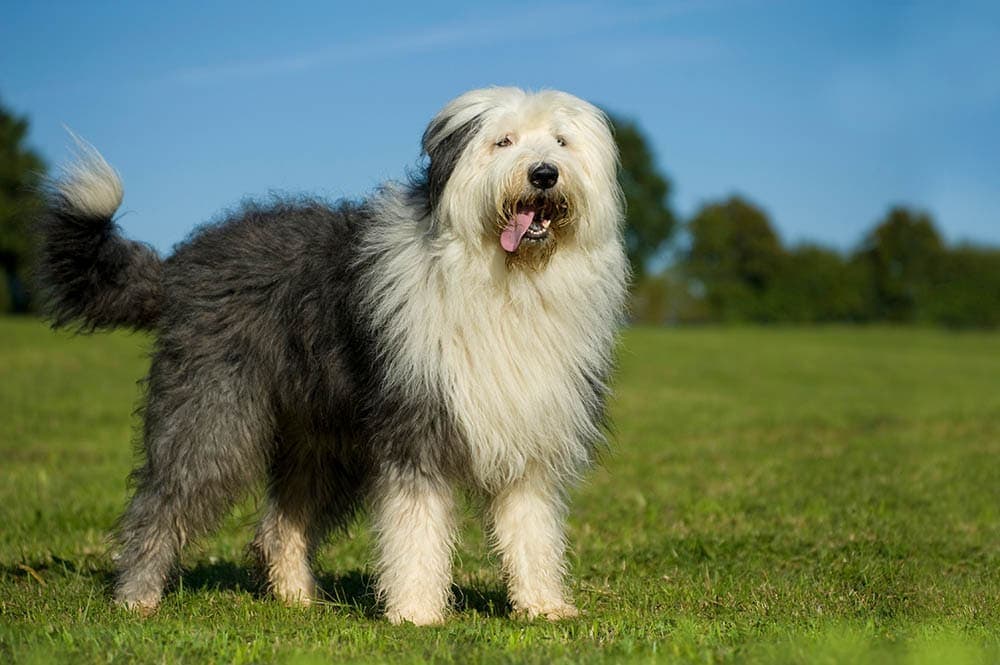
- Average Weight: 60-100 pounds
- Average Life Expectancy: 10-12 years
This popular herding dog breed has been around for over 150 years. These shaggy dogs are known for their thick coats and their mellow nature. An Old English Sheepdog can be happy in a house or an apartment, but regular exercise is going to be key to keeping your sheepdog happy. Grooming will have to be frequent and necessary for this breed since its long coat can be prone to matting. These dogs are not for clean freaks! They’re prone to drooling and shedding, but some owners opt for trimming their coat to make it more manageable.
2. Australian Shepherd
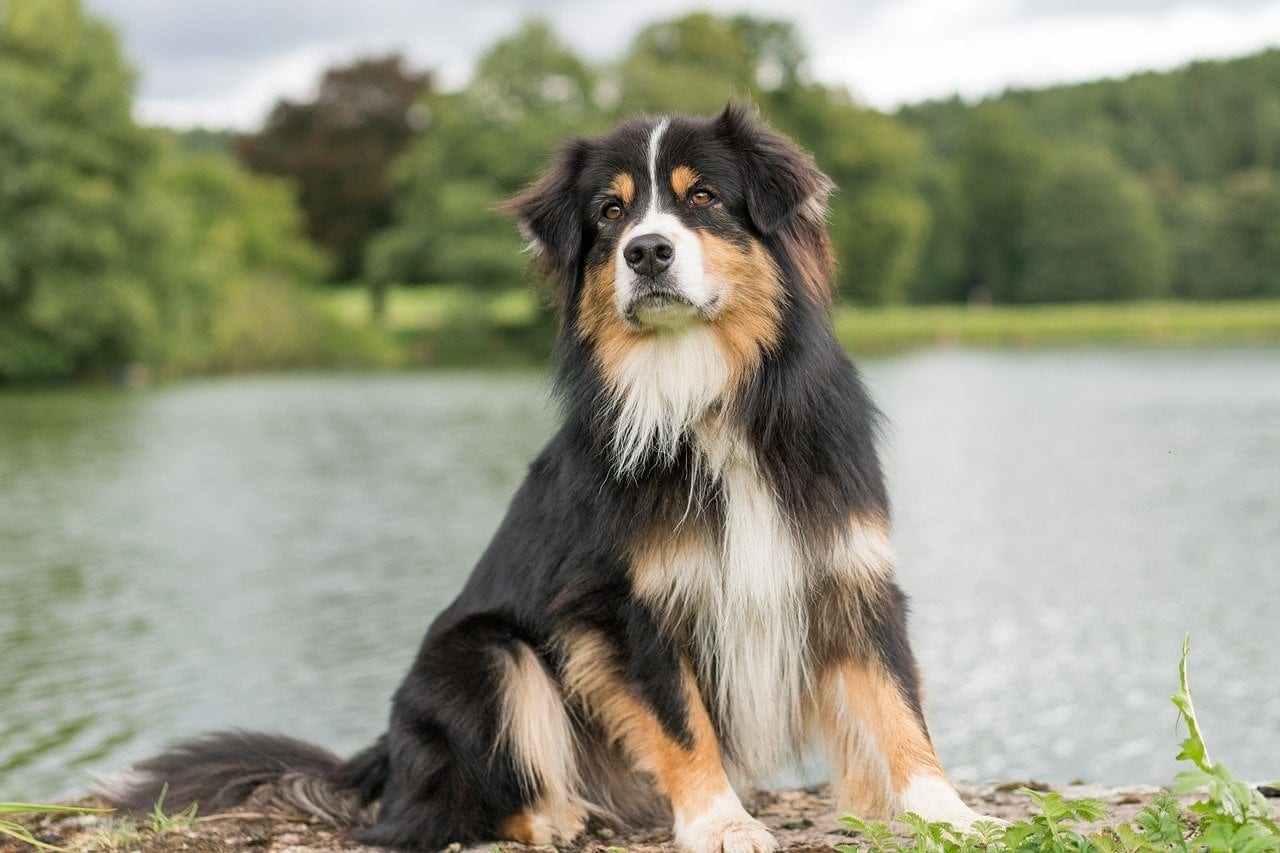
- Average Weight: 45-65 pounds
- Average Life Expectancy: 12-15 years
The Australian Shepherd has been bred to be a great herding dog, and in this case, that means it may not be the perfect breed for everyone. These dogs require a lot of exercise and they are very work-oriented, and while it can still become a family dog, it’s not the best fit for apartment living. Australian Shepherds are good-natured, playful, and intelligent which makes training them easier than some other breeds.
3. Australian Cattle Dog
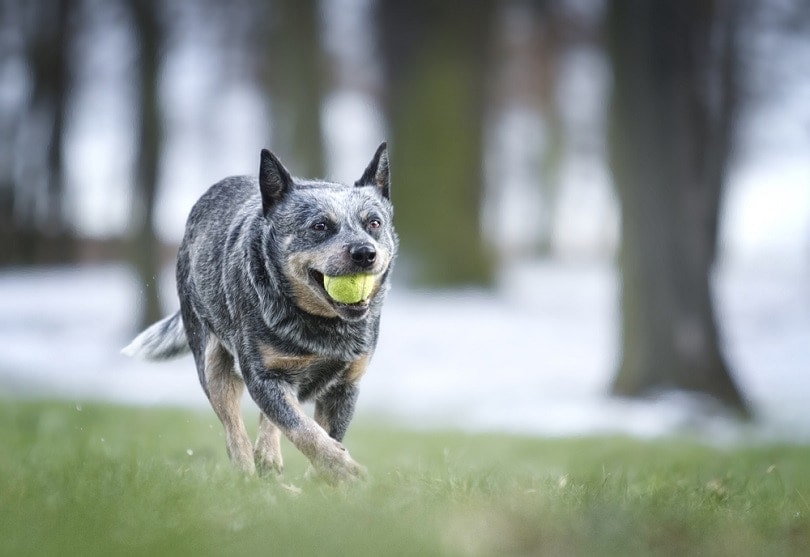
- Average Weight: 30-50 pounds
- Average Life Expectancy: 12-15 years
Australian Cattle Dogs are often referred to as blue heelers because when they’re used to herd cattle they do so by nipping at the cattle’s heels. This is another breed that requires a lot of exercise, and they need to be entertained at all times. They have a very high prey drive and can be nippy at times, but like most of the undesirable behavior with the proper training, it can be corrected. Australian Cattle Dogs can form strong bonds with their owners, so much so they’re also lovingly called “Velcro dogs.”
4. Border Collie
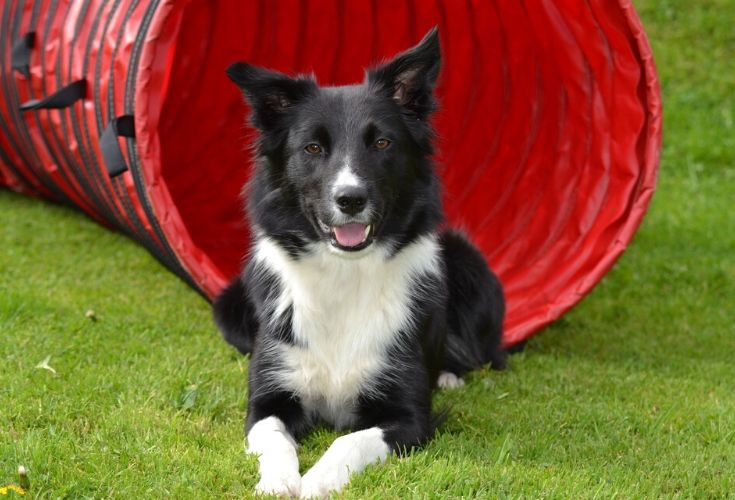
- Average Weight: 30-45 pounds
- Average Life Expectancy: 12-15 years
A high energy working dog like the Border Collie is a commonly known shepherd dog breed that will always need something stimulating to do. They’ve been bred to be able to run 50 miles in one day, and they’re still commonly used to herd sheep. For an active owner, this sensitive breed would make a perfect companion. With proper socialization and training, the Border Collie will be great with children, but typical children’s behavior can exacerbate their ingrained nature to nip, herd, and bark.
- Related Read: Dog Breeds that Get Along with Chickens
5. German Shepherds
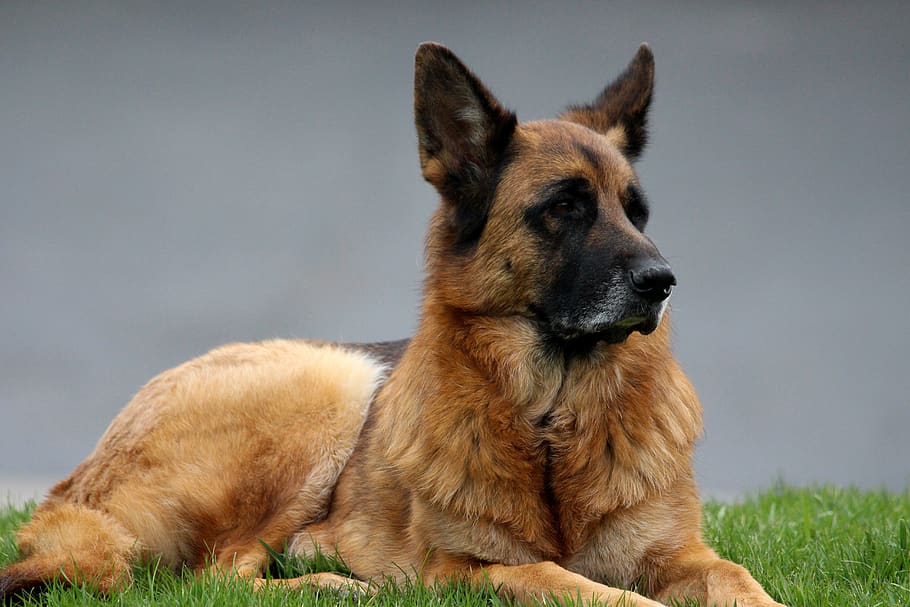
- Average Weight: 75-95 pounds
- Average Life Expectancy: 10-14 years
German Shepherds are commonly used as police and service dogs today, but they got their start in the workforce by herding flocks. German Shepherds are also one of the most popular dog breeds, but many people underestimate how much energy these dogs have. They’re easy to train and groom, but these dogs need to be properly socialized because they’re naturally wary of strangers and they don’t do very well when left alone.
6. Shetland Sheepdog

- Average Weight: 20-40 pounds
- Average Life Expectancy: 12-15 years
One of the top 10 smartest dogs, this fluffy cattle dog breed excels at herding, training, and dog shows. Shetland Sheepdogs can be prone to barking, and the amount they shed is obvious given their thick coats. Despite their size, they can be a great guard dog, and a wonderful addition to a family because they’re naturally friendly and have a willingness to please. They can be too smart for their own good though, so if they’re left alone their owner will have to make sure there’s plenty for them to do to prevent unwanted behavior.
7. Cardigan Welsh Corgi
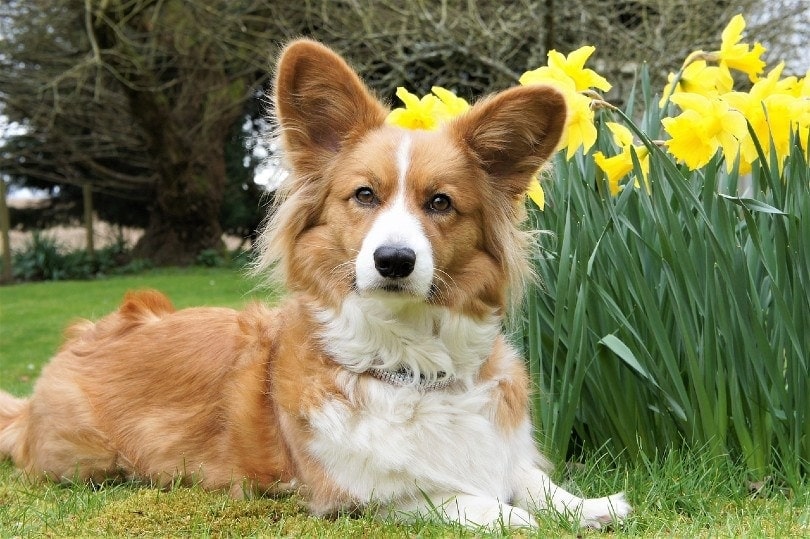
- Average Weight: 25-38 pounds
- Average Life Expectancy: 12-15 years
This breed of Corgi is one of the oldest breeds of herding dogs. They’re slightly bigger and have larger ears than the Pembroke Corgi, and were used to drive cattle to the market in Wales. A Corgi would be a great family dog.
Their exercise needs are less intense than some of the other breeds of herding dogs, and their playful, yet mellow temperament makes them great for families with children. They also do well in apartments since the Corgi doesn’t grow to be over 40 pounds and doesn’t have a habit of barking or howling.
8. Puli

- Average Weight: 25-35 pounds
- Average Life Expectancy: 10-15 years
The Puli is still used to herd sheep in Hungary, and has herding so ingrained in its behavior that it’ll even try to herd its family members! This breed has a bossy and playful personality, but they will require someone who has experience with grooming. Their famous corded coat takes a lot to maintain, and several years to fully form. It makes them look much bigger than they actually are, they’re only around 30 pounds underneath all their fur. Pulis can adapt to smaller living spaces, but they have a high tendency to bark.
9. Belgian Malinois
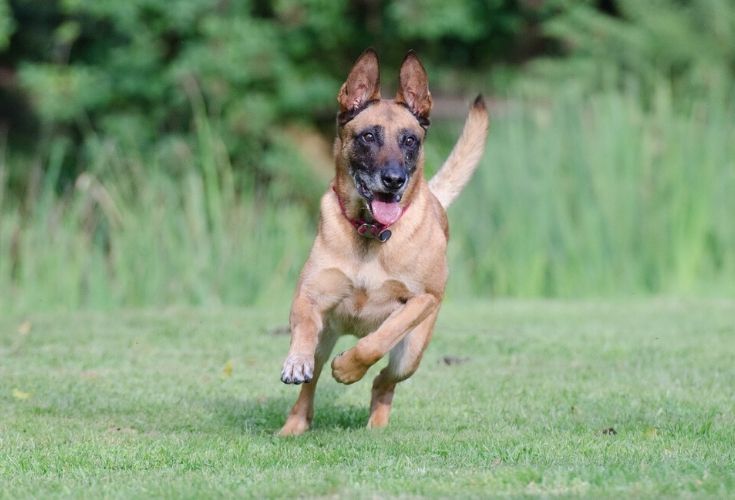
- Average Weight: 40-80 pounds
- Average Life Expectancy: 12-14 years
The Belgian Malinois is another herding dog that has become a police and military work breed. This is a high energy level dog who will probably not be the best breed for a first-time dog owner. They often get confused with German Shepherds because of their similarities, but they’re a little smaller and they’re not for owners who don’t have the experience or time to properly train them. Despite their potentially difficult nature, they’re quick learners and have the need to please. It’s also vital to socialize a Belgian Malinois puppy, so obedience classes can do wonders for this breed.
- Related Read: Top 25 Livestock Guardian Dog Breeds (LGD)
10. Pyrenean Shepherd
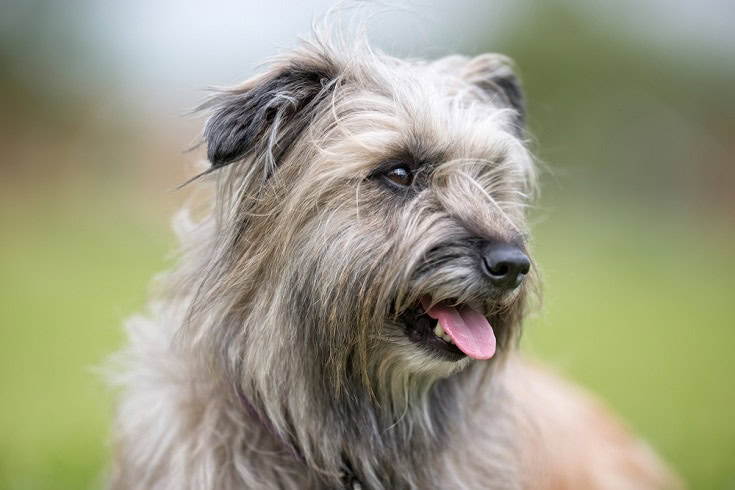
- Average Weight: 25-30 pounds
- Average Life Expectancy: 15-17 years
The Pyrenean Shepherd is known best for its speed. Agility competitions are a great way to challenge and exercise this shepherd dog breed because it will need a lot of daily activities to keep them happy. Despite their energy, they adapt well to living in an apartment, but they do tend to bark a lot. They’re easy to groom and affectionate, although they can be wary of strangers so that gives them a great guard dog potential.
11. Portuguese Water Dog
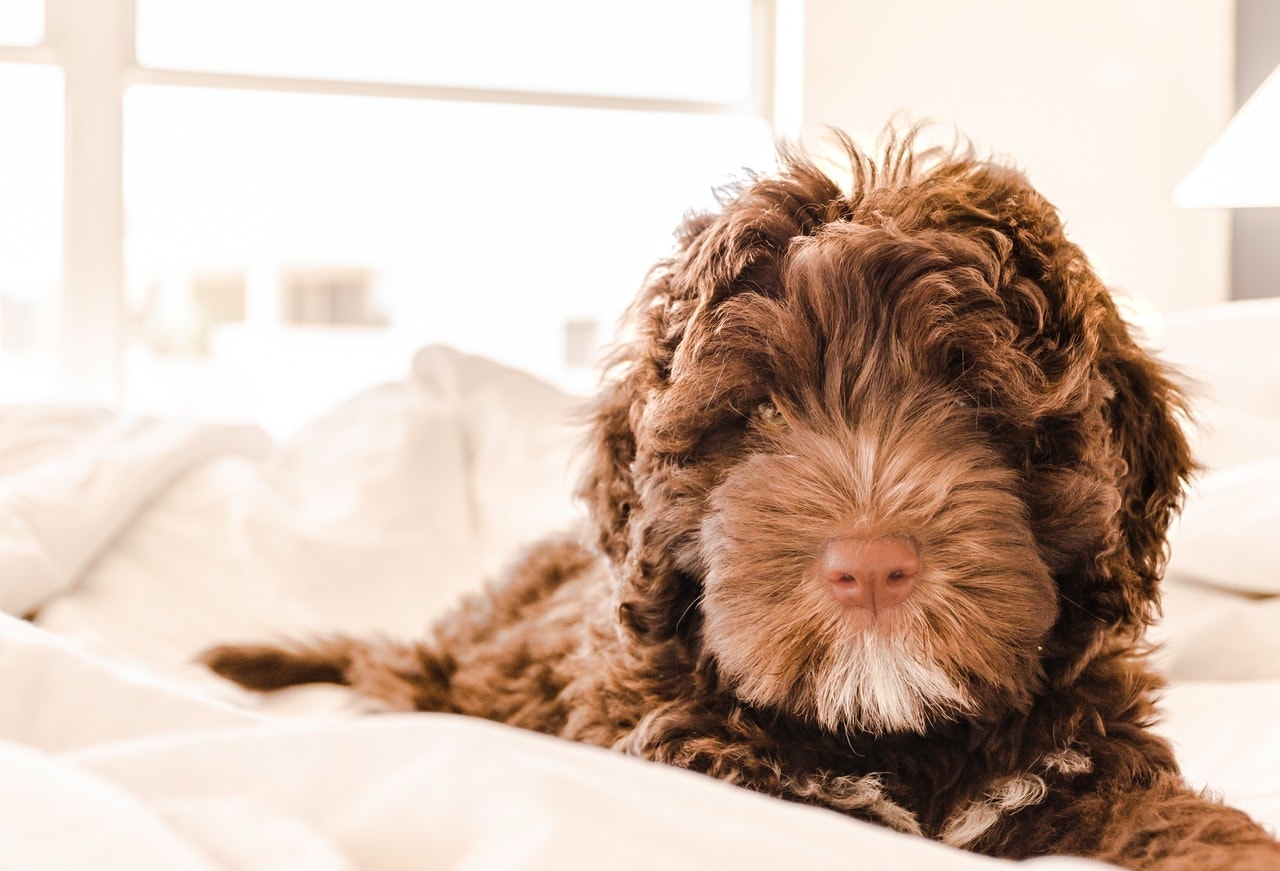
- Average Weight: 35-60 pounds
- Average Life Expectancy: 10-14 years
This water-loving breed used to herd fish into nets, but its adaptability and friendliness has made it into a popular family dog today. Despite their long coat, they’re hypoallergenic dogs, and surprisingly easy to groom and maintain. Swimming is the Portuguese Water Dog’s preferred way to exercise, so it’s a perfect dog for anyone who lives near the water or has a swimming pool. Without exercise and mental stimulation however, they can be destructive and they love to chew. Their weight can range anywhere from 35-60 pounds, but they live to be around 14 years old.
Conclusion
Cattle and herding dog breeds have a wide variety of temperaments and needs, but they have grown to be loved by many people and have become much more than just working dogs. Whenever a dog owner is deciding which breed is right for them, it’s always important to do plenty of research to make sure a breed is right for you. Most of these dogs require a lot of exercise and stimulation, but a dedicated dog owner will have no problem adopting their needs into their home.
Featured Image: Zadranka, Shutterstock

